English Heritage sites near Ormside Parish
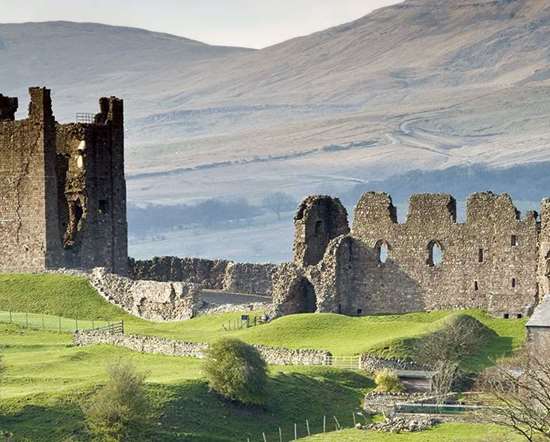
BROUGH CASTLE
6 miles from Ormside Parish
Starkly impressive Brough Castle stands on a ridge commanding strategic Stainmore Pass, on the site of a Roman fort.
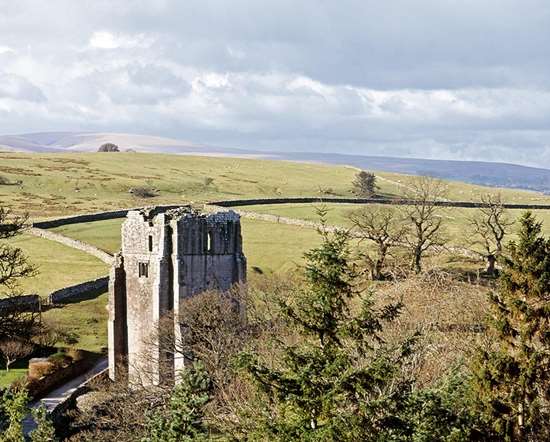
SHAP ABBEY
10 miles from Ormside Parish
The impressive full-height 15th-century tower and other remains of a remote abbey of Premonstratensian 'white canons'.
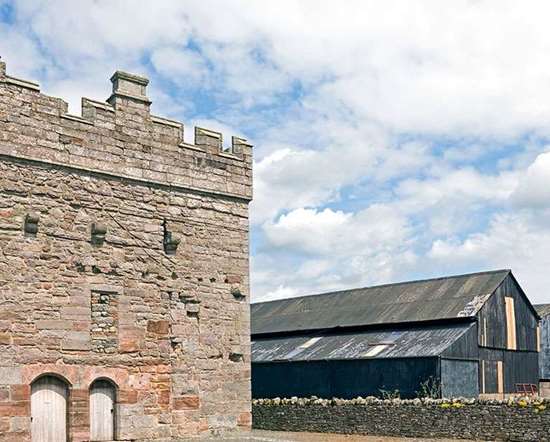
CLIFTON HALL
13 miles from Ormside Parish
This 15th-century tower, sole surviving part of the manor house of the Wybergh family, was plundered by Jacobites in 1745 before the Battle of Clifton Moor, the last battle fought on English soil.
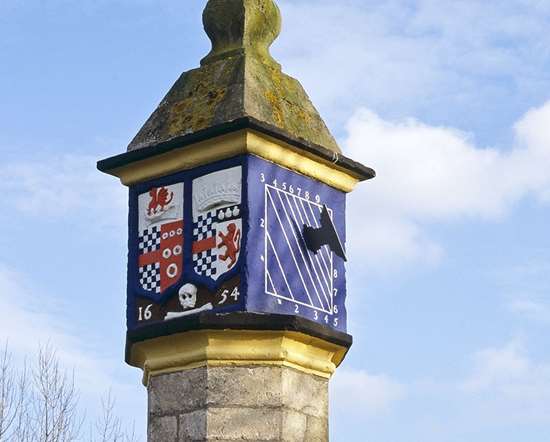
COUNTESS PILLAR, BROUGHAM
13 miles from Ormside Parish
A monument erected in 1656 by Lady Anne Clifford of nearby Brougham Castle, to commemorate her final parting here from her mother.
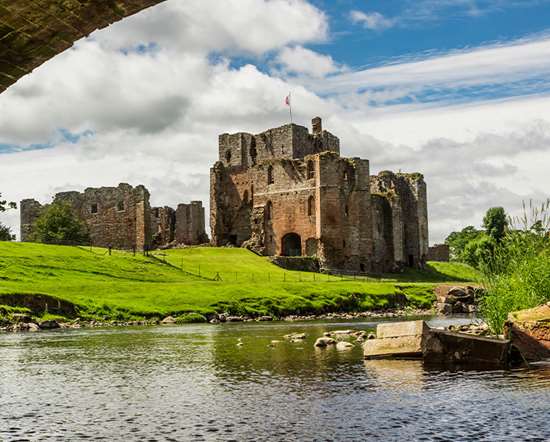
BROUGHAM CASTLE
13 miles from Ormside Parish
In a picturesque setting beside the crossing of the River Eamont, Brougham Castle was founded in the early 13th century.
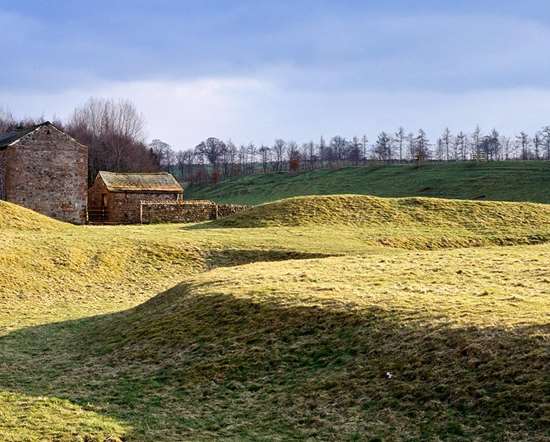
KING ARTHUR'S ROUND TABLE
14 miles from Ormside Parish
A Neolithic earthwork henge, dating from c. 2000 BC, but much later believed to be King Arthur's jousting arena. Mayburgh Henge is adjacent.
Churches in Ormside Parish
St James's, Ormside

Ormside
Carlisle
https://heartofedenparishes.church/
The nave has a combination of 11th 12th and 14th century masonry. A North Aisle was built about the middle of the 12th century supported by a double Norman arcade which was taken down and rebuilt as part of a Victorian restoration project. The Chancel was lengthened at the same time and the Hagioscope or Leper's Squint was constructed in the north wall. In the early 17th century the chancel was widened to the south, a piscine, aumbreys and a priest's door were included in the reconstruction.
The massive, squat West Tower, built in the 13th century, clearly had a defensive function. It has small slit windows and no external door, angled buttresses were added later. Also known as the Bell Tower it is believed that this part of the building could have been a dwelling for the priest who served the church. It consists of a basement and two internal floors and houses two bells of which only one can now be used.
The Hilton Chapel to the left of the nave was built in the 17th century. A facsimile copy of an original will of the Black Prince, son of Edward III is displayed on the wall. This is believed to have been written by John de Grote at one time priest of Ormside who later became attached to the royal household
A South Porch was added to the church in the 16th or 17th century but was slightly further east. It was taken down and reconstructed in its present position in the 1880s.
No churches found in Ormside Parish
